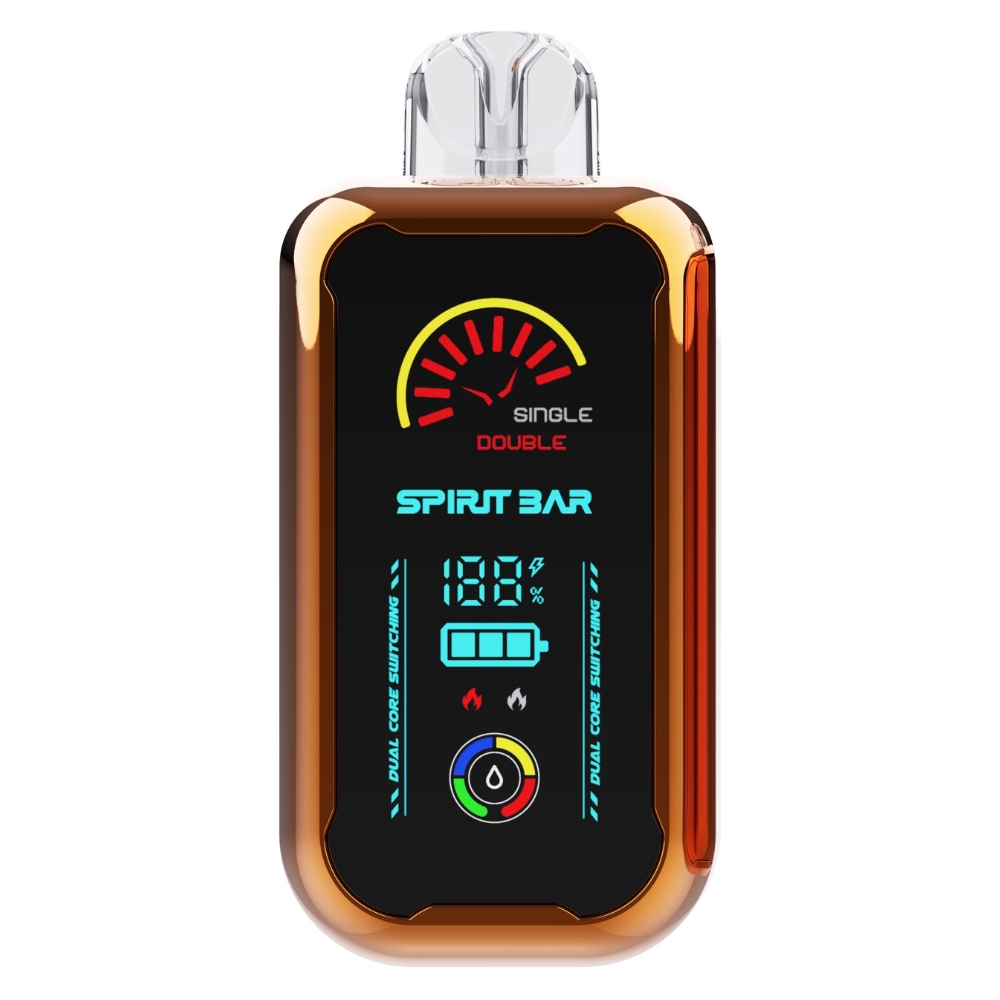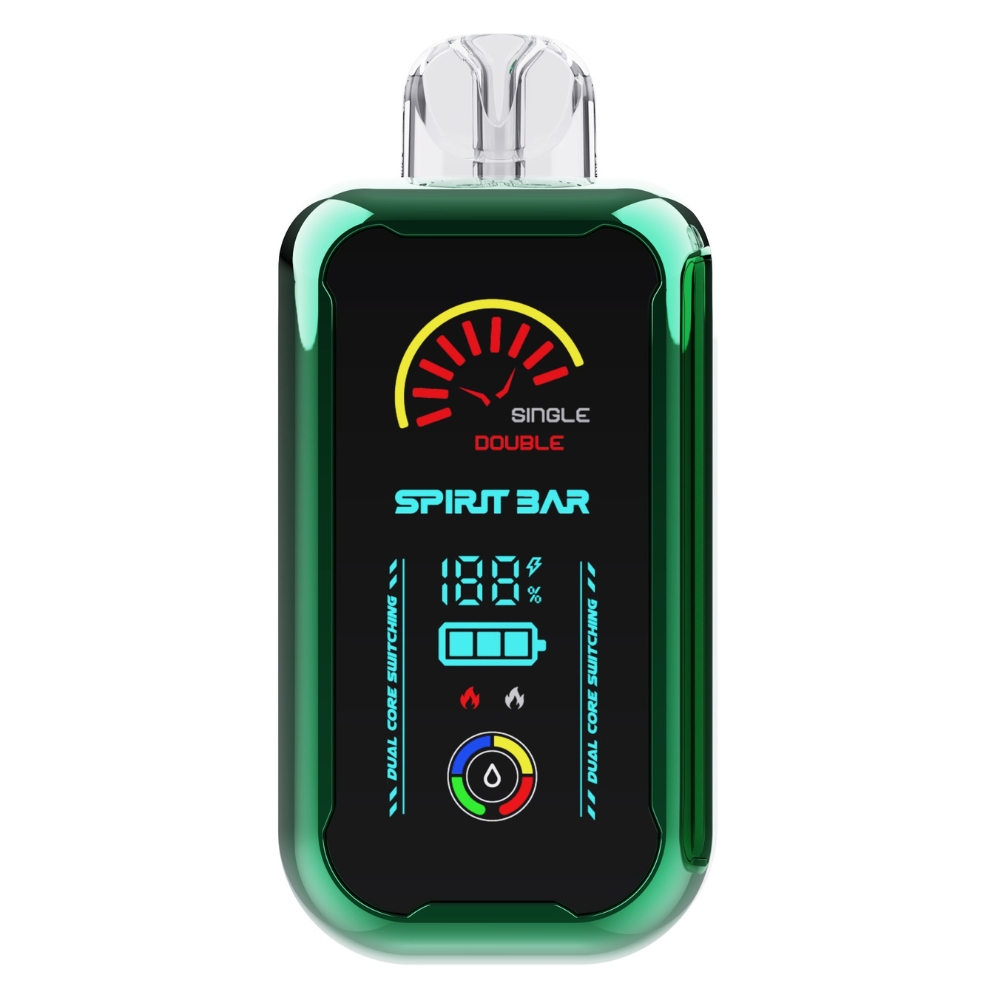Will My Parents Know If I Vaped? A Friendly Guide to Hiding Your Vaping Habits
If you’re a teenager who has started vaping, you may be wondering if your parents will find out. It’s natural to have concerns about your privacy and independence, but it’s important to understand that vaping can have serious health consequences. While it’s not always easy to talk to your parents about sensitive topics, it’s important to be honest and upfront about your vaping habits.
One common question that many teenagers ask is whether their dentist or doctor will be able to tell if they’ve been vaping. According to a source, dentists can often tell if a patient has been vaping based on the condition of their teeth and gums. Vaping can cause dry mouth, which can increase the risk of tooth decay and gum disease. If you’re a minor and under your parent’s health insurance, the dentist may tell your parents you vape. The dentist has the right to notify your parents to explain the health risks vaping has on your teeth.
Understanding Vaping
https://www.youtube.com/watch?v=DgZo3to8C4Y&embed=true
Vaping has become a popular trend among teenagers, but it’s important to understand what it is and the potential risks associated with it.
What is Vaping?
Vaping is the act of inhaling and exhaling the vapor produced by an electronic cigarette or other similar device. The device heats up a liquid, often called e-juice or vape juice, which contains nicotine, flavorings, and other chemicals. When the liquid is heated, it creates a vapor that is inhaled into the lungs.
Common Vaping Devices
There are many different types of vaping devices, but some of the most common include:
- E-cigarettes: These are small, handheld devices that look like traditional cigarettes. They are often disposable and use pre-filled cartridges of e-juice.
- Vape pens: These are larger than e-cigarettes and have a rechargeable battery. They often have a refillable tank for e-juice.
- Mods: These are larger and more customizable than vape pens. They have a rechargeable battery and can be modified with different tanks, coils, and other components.
It’s important to note that vaping devices can be used to inhale other substances besides nicotine, such as THC (the psychoactive compound in marijuana) or CBD (a non-psychoactive compound found in marijuana).
Overall, it’s important to understand the potential risks associated with vaping and to make informed decisions about your health.
Health Risks of Vaping
https://www.youtube.com/watch?v=dnTCoaXaX6k&embed=true
Vaping has become increasingly popular among teenagers, but it’s important to understand the health risks associated with it. Here are some of the main risks you should be aware of:
Nicotine Addiction
One of the biggest risks of vaping is the potential for nicotine addiction. Many e-cigarettes and vaping devices contain nicotine, which is highly addictive. In fact, some e-cigarettes contain as much nicotine as a pack of cigarettes. Nicotine addiction can lead to a variety of health problems, including high blood pressure, heart disease, and stroke.
Lung Damage
Vaping can also cause lung damage. The vapor from e-cigarettes and vaping devices contains harmful chemicals that can irritate the lungs and cause inflammation. This can lead to a condition known as “popcorn lung,” which is a serious lung disease that can cause coughing, wheezing, and shortness of breath.
Exposure to Secondhand Vapor
Another risk of vaping is exposure to secondhand vapor. Just like with cigarettes, the chemicals in e-cigarette vapor can be harmful to those around you. This is especially concerning for young children and pregnant women, who may be more vulnerable to the effects of secondhand vapor.
Other Health Risks
In addition to these risks, vaping has also been linked to other health problems, including:
- Increased risk of respiratory infections
- Decreased immune function
- Increased risk of heart disease
- Increased risk of cancer
Overall, it’s important to understand the health risks associated with vaping. If you’re worried about your health or the health of someone you know who vapes, talk to a healthcare professional for more information and support.
Legal Aspects of Vaping
If you’re under the age of 21, it’s illegal to buy vaping devices, e-liquid, or vape pods in all states. It’s also illegal for stores to sell these products to people under age 21. This means that if you’re caught vaping and you’re under 21, you could face legal consequences.
Age Restrictions
In addition to the federal law, some states and localities have their own laws regarding the minimum age to buy and use vaping products. For example, some states have set the minimum age at 19 or 18. It’s important to check the laws in your area to make sure you’re not breaking any rules.
Privacy Laws
Your parents may be able to find out if you’re vaping by looking at your credit card statements or talking to your friends. However, they can’t legally access your medical records or other private information without your consent.
In some states, minors have the right to confidential healthcare services, including counseling and treatment for substance abuse. This means that if you seek help for vaping or other substance abuse issues, your parents may not be able to find out without your permission.
Keep in mind that while privacy laws protect your medical records, it’s always best to be honest with your healthcare provider about your vaping habits. They can provide you with resources and support to help you quit if you’re interested in doing so.
Overall, it’s important to understand the legal aspects of vaping and the potential consequences of underage use. Make sure you’re following the laws in your area and consider seeking help if you’re struggling to quit.
Detecting Vaping
If you are a parent wondering if your child has been vaping, there are a few signs you can look out for. Here are some physical signs, environmental clues, and behavioral changes that may indicate vaping.
Physical Signs
Vaping can cause some physical signs that may be noticeable. These include:
- Dryness or irritation in the mouth or throat
- Coughing or wheezing
- Nosebleeds
- Headaches
- Increased thirst
If you notice any of these signs in your child, it may be worth discussing with them whether they have been vaping.
Environmental Clues
There are a few environmental clues that may indicate that your child has been vaping. These include:
- Finding vaping devices or supplies in their room or backpack
- Noticing a sweet or fruity smell in their room or on their clothes
- Seeing a vapor cloud or mist in their room or around them
If you notice any of these environmental clues, it may be worth investigating further to determine if your child has been vaping.
Behavioral Changes
Vaping can also cause some behavioral changes that may be noticeable. These include:
- Increased secrecy or hiding behavior
- Changes in mood or behavior
- Changes in sleep patterns
- Decreased appetite
If you notice any of these behavioral changes in your child, it may be worth discussing with them whether they have been vaping.
Overall, detecting vaping can be challenging, but by looking out for these physical signs, environmental clues, and behavioral changes, you may be able to determine whether your child has been vaping.
Talking About Vaping
If you’re worried about your parents finding out that you’ve vaped, it’s important to have an open and honest conversation with them. This can be a difficult conversation to have, but it’s important that you talk to them about it. Here are some tips for talking to your parents about vaping:
Open Communication
It’s important to be honest with your parents about your vaping habits. If they find out from someone else or discover your vaping device, it can create a lot of tension and mistrust. Instead, try to have an open and honest conversation with them. Explain why you started vaping, how often you do it, and what you like about it. Be prepared for them to have questions, and try to answer them as honestly as possible.
Educating About Risks
Many parents may not fully understand the risks associated with vaping. It’s important to educate them about the potential dangers of vaping, including the risks of addiction, lung damage, and exposure to harmful chemicals. You can use resources like the American Lung Association’s Vaping Conversation Guide to help guide your conversation.
It’s also important to be aware of the laws in your state regarding vaping. In many states, it’s illegal for anyone under the age of 21 to purchase or use vaping products. Make sure your parents understand the legal consequences of vaping underage.
Remember, talking to your parents about vaping can be difficult, but it’s an important conversation to have. Be honest, educate them about the risks, and work together to come up with a plan to quit if necessary.


